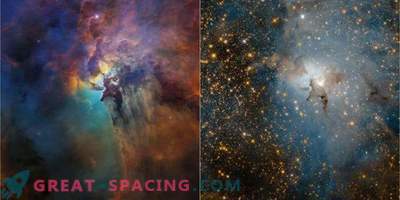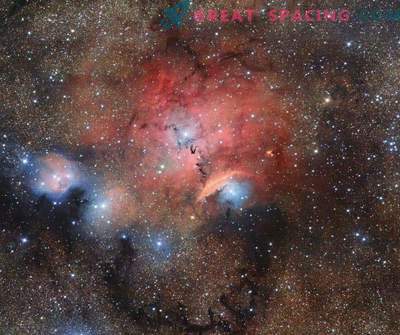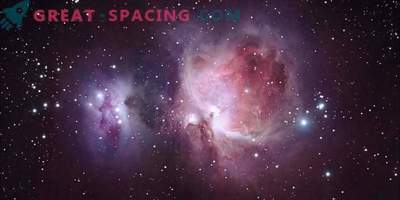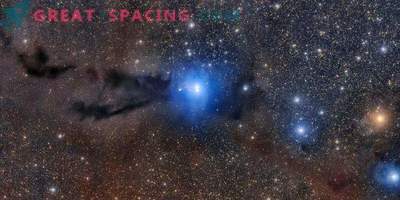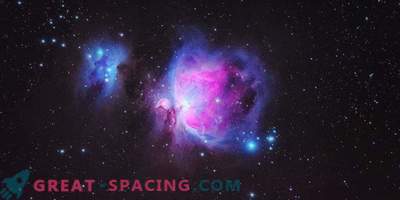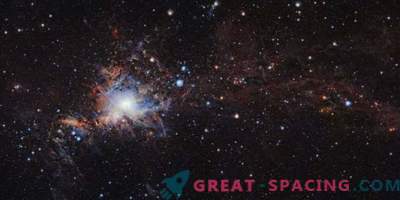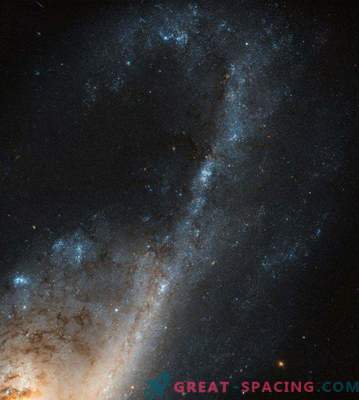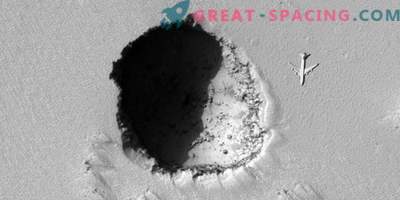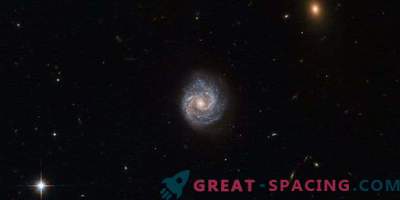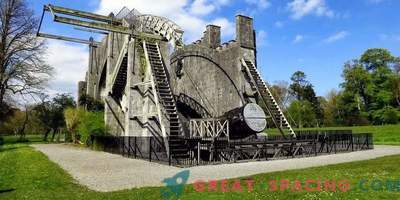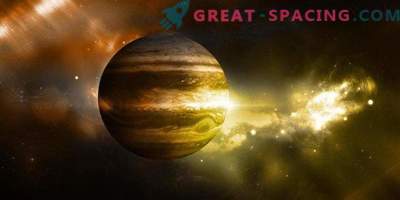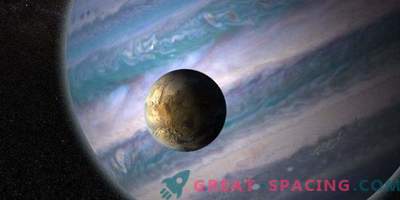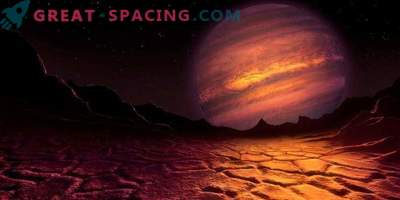
Five objects HH 7-11 (blue formations) are in the NGC 1333 nebula. These are bright gas spots created by a newborn star.
Young stars hide perfectly, but the Hubble Space Telescope can search well. He managed to find a newborn star at a distance of 1000 light years from us. In the picture you can see the strange celestial formations, namely the objects of Herbig-Haro. These are bright spots of gas (nebula), located near the new stellar object.
In the astronomical framework, such formations are rapidly dissipating. In just a few tens of thousands of years, they will fly away from the star at a speed of 241,440 km / h. Now the distance between them and the star SVS 13 is 20,000 times the Earth-Sun distance.
Herbig-Haro objects are formed when jets of ionized gas ejected by a young star collide with nearby clouds of gas and dust at high speeds. In the concrete case, the activity of SVS 13 created five bright bunches of light. Young star systems are often filled with gas and dust, making them difficult to observe even with the Hubble telescope. But help is provided by ground systems, like the ALMA array. Astronomers are interested in exploring young stellar objects in order to better study the evolutionary process of stars and embrace the development of galaxies.
The Hubble Space Telescope was launched in 1990. He provided a huge variety of scientific discoveries, including confirmation of the expansion of the universe. After numerous maintenance missions, the telescope should work until the 2020s. Already in 2021, the long-awaited telescope of James Webb can start.

